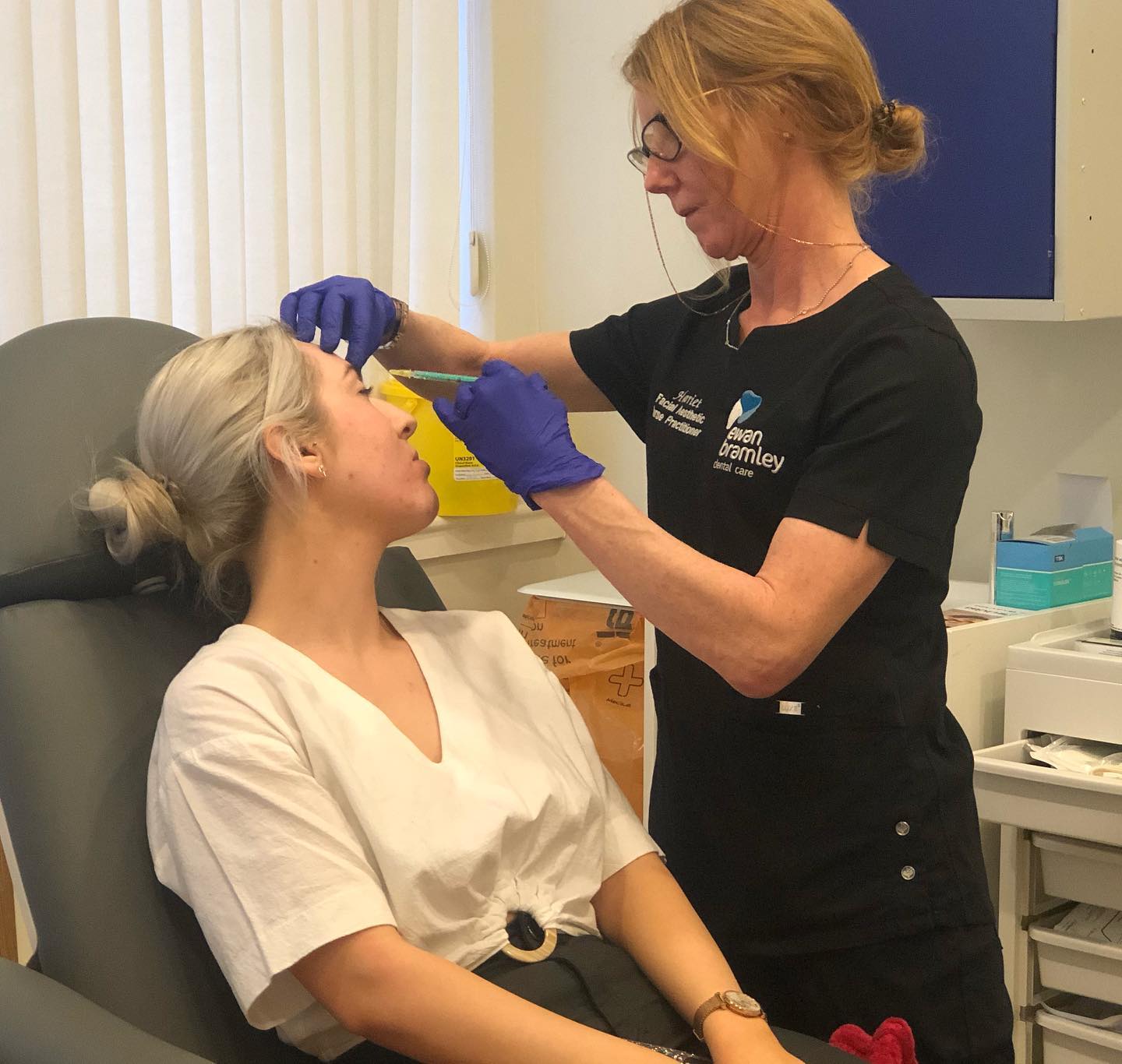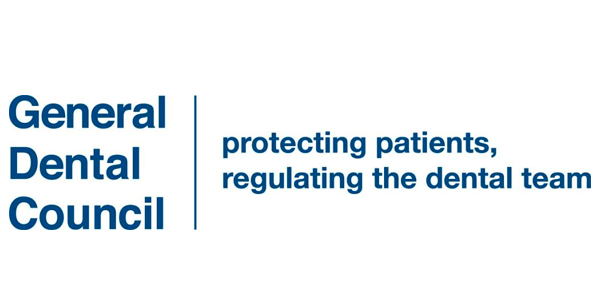Dermal fillers are a popular cosmetic treatment that can help individuals achieve a more youthful and refreshed appearance. They are a non-surgical option for those who want to improve the look of fine lines, wrinkles, and other signs of ageing. In this article, we will explore everything you need to know about dermal fillers, including how they work, the different types available, and the potential risks and side effects.
What are Dermal Fillers?
Dermal fillers are injectable substances that are used to fill in wrinkles and add volume to areas of the face that have lost their fullness over time. They are made from various materials, including hyaluronic acid, calcium hydroxylapatite, and poly-L-lactic acid. Hyaluronic acid fillers are the most commonly used type and are often used to fill in lines and wrinkles around the mouth and nose and add volume to the cheeks and lips.
How Do Dermal Fillers Work?
Dermal fillers work by adding volume to the skin, which can help reduce the appearance of wrinkles and fine lines. They can also help restore the natural contours of the face, which can be lost as a result of ageing. During the treatment, a small amount of filler is injected into the target area using a fine needle. The injection process can cause some discomfort, but most people find it tolerable. The treatment results are visible immediately and can last anywhere from six months to two years, depending on the type of filler used and the individual’s skin.
Types of Dermal Fillers
Several different types of dermal fillers are available, each with its unique set of properties and benefits. Some of the most popular types of fillers include:
Hyaluronic Acid Fillers: These fillers are made from a substance that occurs naturally in the body and are used to fill in lines and wrinkles, as well as to add volume to the cheeks and lips. This is the type of dermal filler we most commonly use at Ewan Bramley Skin Clinic.
Calcium Hydroxylapatite Fillers: These fillers are made from a mineral that is found in bones and teeth and are often used to fill in deep wrinkles and lines around the mouth.
Poly-L-lactic Acid Fillers: These fillers are made from a synthetic material that stimulates collagen production in the skin, which can help improve the firmness and elasticity of the skin over time.
Potential Risks and Side Effects
Like any cosmetic treatment, dermal fillers come with some potential risks and side effects. Some of the most common side effects include redness, swelling, and bruising at the injection site. These side effects are usually mild and go away on their own within a few days. More serious side effects, such as infection and allergic reactions, are rare but can occur. It is important to choose an experienced and qualified provider to perform the treatment and to follow all post-treatment instructions carefully to minimize the risk of complications. Harriet, our Facial Aesthetics Practitioner, has over 20 years of experience as a Nurse and over 10 years in Facial Aesthetics.
Conclusion
Dermal fillers are a safe and effective way to improve the look of fine lines, wrinkles, and other signs of ageing. They are a non-surgical option for those who want to achieve a more youthful and refreshed appearance. With a variety of different types of fillers available, there is an option that can meet the needs of almost any individual. If you are interested in dermal fillers, book a free consultation with Harriet to learn more about your options and to determine if this treatment is right for you.






